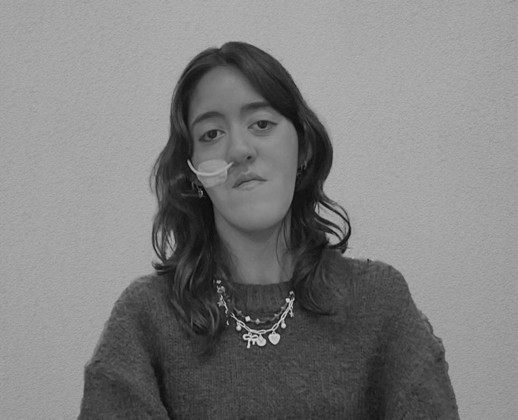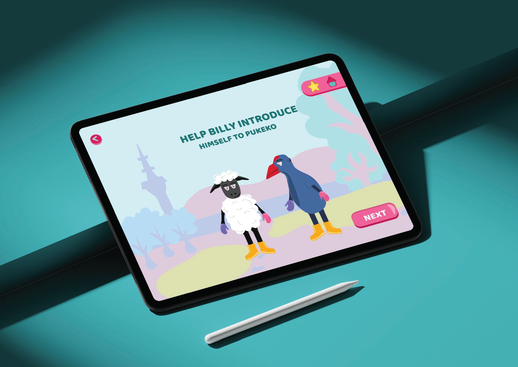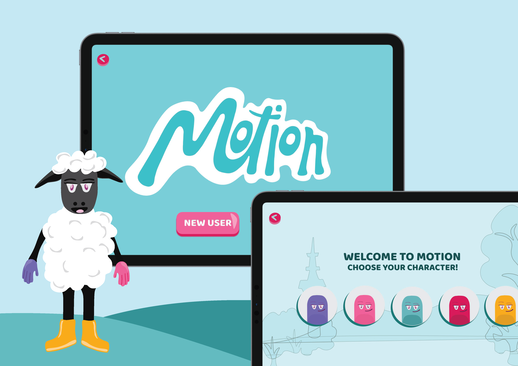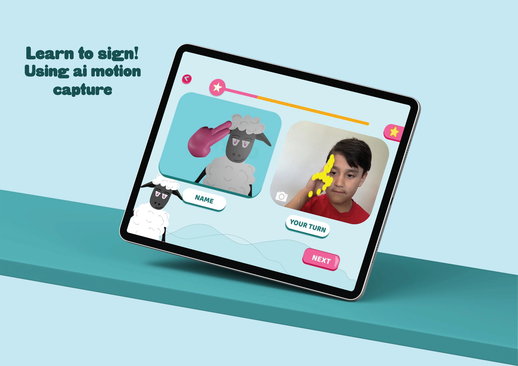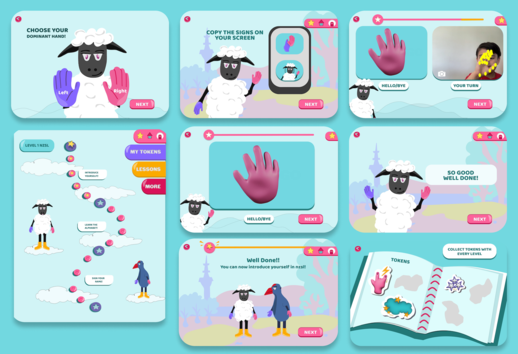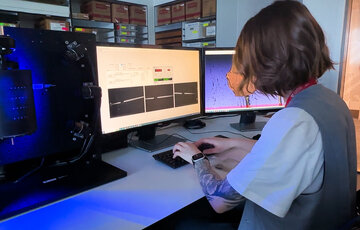Designing Change: How Martina Roa Núñez is Using Her Experience - and Her Studies - to Champion Accessibility
For third-year UX/UI student Martina Roa Núñez, studying design at Media Design School has meant more than developing her creative skillset - it’s been about embracing her identity, advocating for others, and shaping more inclusive futures. Living with a rare condition, Martina is helping make MDS more accessible and supportive for disabled and neurodivergent students.
Finding Strength in Creativity
Martina’s passion for design began with art. As a child and teenager, creative subjects offered a sense of freedom and self-expression she didn’t always experience elsewhere. “Art was the only subject I was able to do freely without any limitations,” she explains. While graphic design was her initial focus, a growing interest in user experience led her to the world of UX/UI design - a space where creativity meets functionality, and where thoughtful design can change lives.
“What really enticed me,” she says, “was being able to create solutions that could benefit users or make their situations easier or better.” That drive - to solve problems, improve experiences, and put people first - is woven into everything Martina does.
Navigating Challenges and Finding Support
Like many students, Martina has faced challenges throughout her academic journey - but she’s also found a community that values her unique perspective.
"From my very first day, the staff were able to accommodate my needs and ensured that my experience at MDS was just like everyone’s,” she says. “Lecturers and students were very understanding and patient with how I navigated and communicated, which made me feel at ease.”
Despite occasional feelings of imposter syndrome, Martina credits her growing confidence to the support and encouragement of her lecturers - particularly in her first year. “They helped me realise ways I could communicate and join in on things differently, finding solutions if I couldn’t join in, and being overall supportive.”
That support has included personalised learning plans, accessibility accommodations, and a strong emphasis on student wellbeing. But what made the biggest difference? “Being asked to join the Disability Steering Group was a moment that made me feel specifically seen,” she says. “Knowing that MDS valued my opinion and others who have disabilities was especially meaningful to me.”
Designing for Inclusion
Martina hasn’t just benefited from MDS’ support systems - she’s actively helping to improve them. As part of the Disability Steering Group, she’s contributed to meaningful changes on campus, from proposing assistive door buttons for accessible bathrooms to helping shape the disability section on the MDS website.
“I’m always open to providing feedback and assistance whenever possible. If I can help make other people’s experiences easier or better, that’s important to me,” she says. “The ability to provide insights and give opinions from a different perspective is valuable.”
Turning Lived Experience into Design Insight
For Martina, lived experience is not a barrier - it’s a strength. Growing up, she learned to adapt, problem-solve, and communicate in ways that worked for her. Those same skills now inform her approach to UX/UI, where empathy and user insight are key.
“Studying UX/UI design, being invited into a Disability Steering Group, and contributing my perspective through design have reminded me that my experience isn’t a limitation,” she says. “It’s helped me see gaps in accessibility, understand users more deeply, and advocate for inclusivity - both digital and physical.”
One strength she’s developed further at MDS is confidence - especially through presentations, which she’s learned to approach on her own terms. “Doing various presentations helped me lots with this, discovering different ways around them and how I could make them work for me.”
Advice for Future Students
To other disabled or neurodivergent students considering Media Design School, Martina offers this advice:
Don’t be afraid to voice your needs and challenges. Speaking up about your barriers will help the people around you understand and become more aware. There’s always room for improvement in people, places, and systems.”
Looking ahead, Martina is excited to create work that is not only visually compelling but socially impactful. “I’m drawn to projects that challenge the norm and put accessibility at their main focus,” she says. “I’d love to work with other disabled creators and bring my own ideas to life one day.”
A Message of Encouragement
Above all, Martina hopes her journey will encourage others who are navigating similar experiences.
“There will always be people who are patient and kind enough to listen,” she says. “It’s okay to stand out among your peers. That difference can be your strength. Trust yourself - wholeheartedly.”
Martina’s story is a powerful reminder that inclusive design starts with inclusive perspectives - and that diverse experiences bring valuable insight to creative spaces like MDS.
